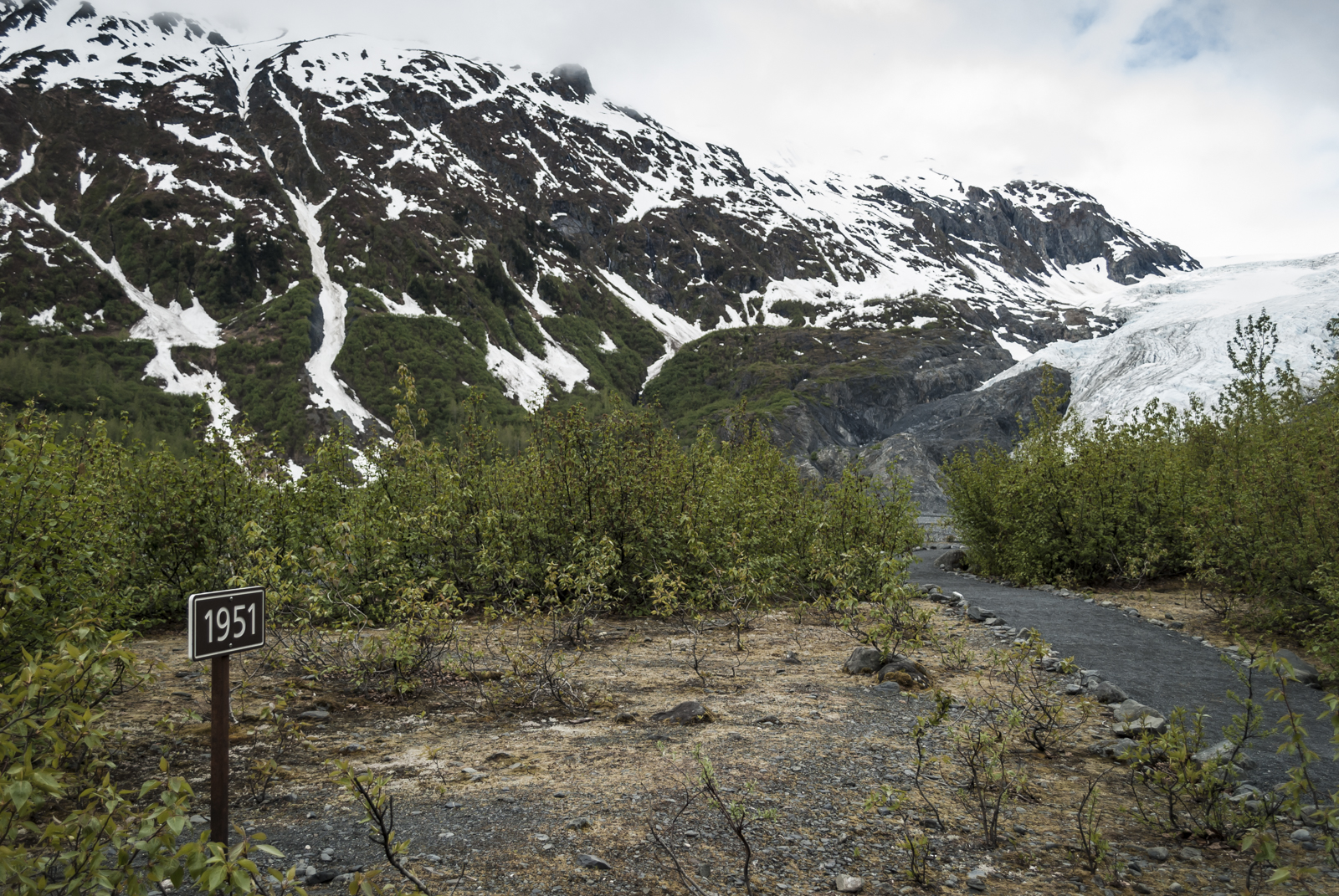“Witness” ©Billy Sauerland, Bristlecone Pine, Schulman Grove in the Inyo National Forest, White Mountains, Southeast California.
Bristlecone pines grow in isolated groves just below the tree line, between 5,600 and 11,200 ft (1,700 and 3,400 m) elevation on dolomitic soils. The trees grow in soils that are shallow lithosols, usually derived from dolomite and sometimes limestone, and occasionally sandstone or quartzite soils. Dolomitic soils are alkaline, high in calcium and magnesium, and low in phosphorus. Those factors tend to exclude other plant species, allowing bristlecones to thrive. Because of cold temperatures, dry soils, high winds, and short growing seasons, the trees grow very slowly. Even the tree's needles, which grow in bunches of five, can remain on the tree for forty years, which gives the tree's terminal branches the unique appearance of a long bottle brush.
The slow growth, and ability to withstand the elements, have led these trees to be around long enough to bare-witness to the progression of humanity's existence in what is now known as the western United States. The experience of one tree goes from watching the footsteps of the first people, the rise of civilization, and the expansion of trade routes reaching as far south as the Andes of South America for thousands of years before colonization. Then through the systematic extermination and genocide of the indigenous people of North America at the hands of the European Colonizers. Then the exploitation and extraction of minerals from the soils, the damning and diversion of the rivers. The testing and development of nuclear weapons and the rise and the expansion of human cancer known as cities, particularly the city of Las Vegas and the city of Angels Lost. Where the residents of these cities use on average 400+ gallons per day, for comparison the average tree in the Schulman grove uses 100 gallons or less per year. To witness the evolution of not only the environment but that of humanity as well as the tail these trees have to share.
I can only hope that the story these trees will share after another 5000 years, is a story of redemption and kindness. Not only for kindness being shown to each other but towards the natural world as well. And that we have to the best of our ability restored all that we have molested and destroyed.





